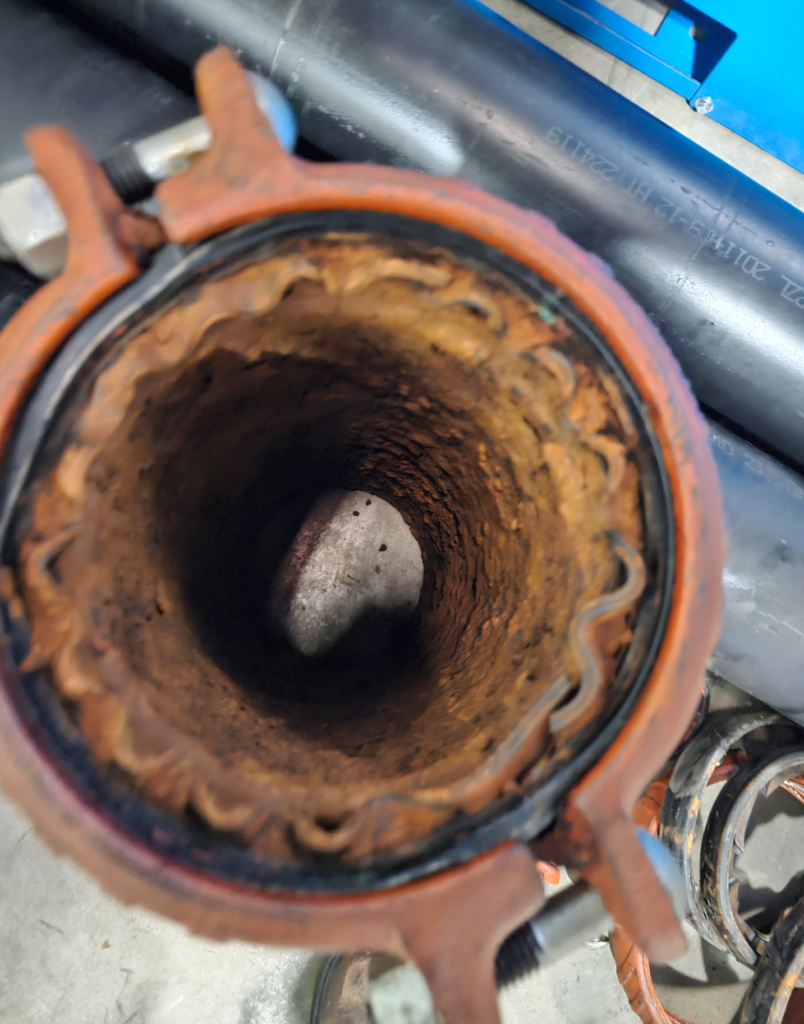
Corrosion in steel pipes and storage receivers within compressed air systems is a common issue that can significantly impact system efficiency, safety, and longevity. This process is primarily driven by the presence of water and acid condensate, both of which are common byproducts in compressed air environments. Understanding how corrosion occurs can help in implementing measures to slow its effects.
When air is compressed, it often contains moisture. This water vapor can condense into liquid form within the compressed air system, particularly when the air cools as it travels through the pipes and storage receivers. The presence of liquid water on the inner surfaces of steel components creates an environment for corrosion. Steel, an alloy primarily composed of iron, reacts with water and oxygen to form iron oxide, commonly known as rust. This rust formation weakens the structural integrity of the pipes and storage receivers, leading to leaks, reduced airflow, and potential system failure if not addressed promptly.
Beyond simple water-induced rusting, compressed air systems often produce acidic condensate. This occurs when the air contains contaminants — such as carbon dioxide and sulfur dioxide — which dissolve in water to form weak acids like carbonic acid and sulfuric acid.
These acids lower the pH of the condensate, making it more corrosive. Acidic environments accelerate the corrosion process, leading to more rapid degradation of the steel. This form of corrosion is more aggressive and can create pits and holes in the pipe walls and storage receivers, further accelerating the issue.
Storage receivers play a crucial role in maintaining a steady supply of compressed air. However, they are vulnerable to corrosion due to their large surface area and the potential for water and acid condensate accumulation. Some strategies to prevent internal corrosion of pipes and tanks:
- Moisture removal: Air dryers and water separators can significantly reduce the amount of water vapor in the compressed air, thereby minimizing condensation.
- Filtration: Installing filters to remove contaminants from the air before it enters the system can prevent the formation of acidic condensate.
- Corrosion-resistant materials: Using pipes and storage receivers made of corrosion-resistant materials such as stainless steel or applying protective coatings to steel components can enhance durability.
- Regular maintenance: Routine inspection and maintenance of the compressed air system and storage receivers can help detect early signs of corrosion, allowing for timely intervention before significant damage occurs.
- Drainage systems: Installing automatic drain valves on storage receivers can help remove accumulated condensate, reducing the risk of corrosion.
Filed Under: Air Compressors, Air Preparation, Components Oil Coolers, Compressed Air Technologies, Pneumatic Tips, Technologies